2019 Mazda CX-5 Vs Honda CR-V Vs Subaru Forester: Which Crossover is the Best Buy?

The Honda CR-V and Mazda CX-5 have the distinct honor of being our previous utility vehicle of the year winners, but as the years go by and the new models are considered old, they lose a bit of their luster.
But they’re invaluable tools when measuring the progress of other new vehicles today. We brought out the former winners to compare to the new and improved Subaru Forester, to see just how good the crossover market is, and whether the newest model is the best.
Get a Quote on a New Mazda CX-5, Honda CR-V, or Subaru ForesterExterior Styling
Crossovers aren’t known to be the sexiest things on the road, but it’s hard to ignore the fact that the Mazda CX-5 is downright gorgeous compared to these two competitors. With its sleek design and sharp accents, it’s our favorite looking crossover, every time we test it. It just exudes a premium personality thanks to its design, which is prioritized over practicality.
In comparison, the Forester is a bit too boxy and plain. Even though the vehicle has been redesigned, it’s difficult to suggest its a pretty vehicle, but at least it owns that rugged, practical look. With big door and trunk openings, its clear to see that Subaru put an emphasis on the usability of its vehicles over whether or not the car will turn heads.
Slotted perfectly between the two in terms of design is the Honda CR-V, which isn’t an unattractive car, but doesn’t have a standout style. It’s big, bulbous and lacks the personality that both the CX-5 and Forester both have.
Interior Design
But the CR-V has a smart, well-thought-out cabin. There is a ton of space for everything in the car. It features a giant cubby space between the front seats that can hold so much stuff, and there are phone and coin trays for all your loose gear. The materials and trim aren’t overly impressive and in comparison to the other two cabins, and it looks less enticing, but after spending some long hours commuting on the road in the CR-V, you’ll find it to be a worthy place to spend your time. The downside is the infotainment system, which is a bit dated looking and slow to respond. Fortunately, it features Apple CarPlay support and Android Auto compatibility, so it’s easy to rectify that issue.
The CX-5 has a cabin that matches the crossover’s exterior style. It’s full of high-grade material and premium looking stitching. The layout is a bit too focused on the driver, with panels that seem to wrap around the front two seats. If you’re looking to impress someone or feel like you’re in a fancy vehicle, the CX-5 does a great job, but it lacks the essential family-friendly touches that the CR-V has. There isn’t a lot of in-cabin storage space and it can feel a bit claustrophobic. The infotainment system also suffers because it’s old and not that slick — there’s also no touchscreen.
The 2019 iteration of the Forester features a more upscale interior that really wows people with this brown leather upholstery. The layout is easy to get used to with large buttons in easy-to-find places. There are no awkward angles, and there’s a place to put your phones as well as a large storage area between the seats. You’ll also notice clever steps to help you access the roof rack.
Space
All three crossovers feature enough space for hauling passengers and cargo. The vehicle with the most passenger volume is the Subaru Forester, featuring 107.8 cubic-feet of passenger volume compared to the 103.6 in the Mazda and 101.6 in the Honda. The Forester feels spacious too, with lots of head and legroom, especially in the front seats. If you’re looking for even more space, opt for a model without the moonroof.
When it comes to cargo space though, the Forester can’t claim the lead away from the Honda CR-V, which features 37.6 cubic feet of storage compared to the Forester’s 33 cubes and the Mazda’s 30.9. Fold the rear seats and the Honda still features the most space, boasting 75.8 cubic feet compared to 70.9 in the Subaru and 59.6 in the Mazda.
See also: 2019 VW Tiguan vs Subaru Forester
If storage is all you need in your compact crossover, the Honda CR-V is your top choice, while the Mazda features the least in this trio.
Powertrain
The Honda CR-V and Mazda CX-5 are available with two choices of engines. The higher trim model CR-V, like the one we tested, uses the 1.5-liter turbocharged four-cylinder engine that makes 190 horsepower and 179 lb-ft of torque. It’s paired to a CVT. It features the most power of the trio and is tied for the highest combined fuel economy rating at 29 MPG.
The Mazda CX-5 tested is the 2.5-liter naturally aspirated four-cylinder engine that makes 187 horsepower and 186 lb-ft of torque. It’s paired with a six-speed automatic. While this vehicle boasts the most torque in this comparison, buyers can opt up to get a new, very powerful 2.5-liter turbocharged engine. The combined fuel consumption of this naturally aspirated engine isn’t very good, at just 26 MPG, and it’s a given that the more powerful model won’t be as fuel-friendly.
See Also: 2019 Mazda CX-5 Turbo Review
The Subaru also uses a 2.5-liter four-cylinder engine, but this is a boxer unit, which means it’s laid out flat with opposing pistons, rather than inline and upright in a row. It makes 182 horsepower and 176 lb-ft of torque, meaning its not the most powerful or have the most torque. Fortunately, it matches the CR-V in fuel economy, earning 29 MPG thanks to its CVT.
However, it’s worth pointing out that despite the CR-V’s higher pony count, it never felt particularly fast or fun to drive. The Forester’s CVT was far more active and engaging to deliver power when it’s needed most. In comparison, the CVT in the CR-V was eager to gear up and stay in a high gear to preserve that fuel economy its known for. The Mazda was very sporty feeling, but it was a bit too noisy during our drive, feeling far less refined than the other two vehicles.
Driving Experience
Otherwise, the Mazda is a joy to drive. It’s responsive and agile with excellent steering feel. This is where the CX-5 really shines, and it’s a crossover that will fit better with driving enthusiasts than families. Sure, its a bit stiff at times, and the steering can seem a bit heavy, but it rewards you with an engaging drive every day, even featuring a sports mode for the transmission.
The CR-V is the complete opposite, with a dull and boring drive that doesn’t raise pulses or excite in any possible way. Instead, it’s very soft and completely vague feeling in terms of handling. The CR-V doesn’t spark joy, whether you use the various drive modes or not, it feels generally the same: bleh.
See Also: 2019 Subaru Forester Review
The Forester is a mix of the two, feeling uninteresting in certain circumstances, but sharp and responsive anyways. It responds well and won’t leave you with a numb feeling at the wheel. It also features a few drive modes that may resonate with buyers. There are the sport sharp and sport intelligent settings that change the transmission and throttle response. And there are two settings for X Mode, which help in inclement weather and road conditions.
With 8.7 inches of ground clearance, the Forester will help drivers feel confident in snow or when off-roading, especially in comparison with the 7.5 inches of ground clearance in the Mazda and 8.2 inches of ground clearance in the Honda.
Features
The Forester comes standard with all-wheel-drive too but is also available with lots of standout features and technology. The full EyeSight suite of safety equipment on our fully loaded model includes a number of important features like adaptive cruise control, forward collision warning, lane keeping assistance, blindspot monitoring, rear cross traffic alert, and automatic braking as well as automatic high beams. But new for this year, and unique to the Forester in this class, is a driver-facing camera that can recognize who is driving and adjust the seat memory for them. This system also helps to remind you to keep your eyes on the road and helps deter distracted driving. The Forester also has four heated seats (two in the front and two in the back) as well as many handy USB ports, which are necessary for a family vehicle.
The Honda also has a suite of safety features dubbed Honda Sensing, which means it too has adaptive cruise control, lane keep assistance, blind spot monitoring and a handy rear-view camera. It doesn’t have that driver facing camera, but there are four heated seats, and a large digital display in front of the driver.
The Mazda’s features are similar, meaning it too has adaptive cruise control, blind spot monitoring and lane departure warning, as well as a useful rearview camera, but the unique feature for the CX-5 is the bright head-up display. I like the fact that the display not only tells you the speed limit and the vehicles current speed but will also let you know when the blind spot indicators are on, informing you of a car adjacent to yours, without needing to check the mirrors or windows. But the only person who gets any special treatment is the driver — there are very few features available for others.
Price
The most affordable model of the group is the Mazda CX-5, which rings in at $33,335 as tested. Save for the newly available turbocharged engine, this is the fully loaded model, with all the bells and whistles Mazda could outfit its crossovers with.
At $35,145, the CR-V sits in the middle of the three cars in terms of pricing. It’s a good price for Honda’s, family-friendly crossover, but it’s curious that the Mazda feels like the more premium vehicle with a fancy cabin, compared to the Honda. Then again, the Honda delivers a lot of space and family-friendly features but seems outdone in terms of performance.
The Forester is barely more expensive than the Honda but seems to have more going for it. Practical and versatile thanks to the rugged all-wheel-drive system, the Forester also features more safety equipment and has a powertrain that’s just as fuel-efficient. There are also all the different drive modes that help give the Forester more personality than the Honda.
The Verdict: 2019 Mazda CX-5 vs Honda CR-V vs Subaru Forester
As a result, it’s the Subaru Forester coming away from this comparison as the top choice, but it is a tough decision since all the cars here have at least one or two great things going for them. The Mazda has a stand out design and drives well, while the Honda is extremely spacious and family-friendly. The Subaru combines elements from both of those cars, making it a do-everything kind of vehicle that also has better safety tech and is more capable on and off-road.
ALSO SEE: Where Is Subaru From and Where Are Subarus Made?
Video by Brett Colpitts

Sami has an unquenchable thirst for car knowledge and has been at AutoGuide for the past six years. He has a degree in journalism and media studies from the University of Guelph-Humber in Toronto and has won multiple journalism awards from the Automotive Journalist Association of Canada. Sami is also on the jury for the World Car Awards.
More by Sami Haj-Assaad





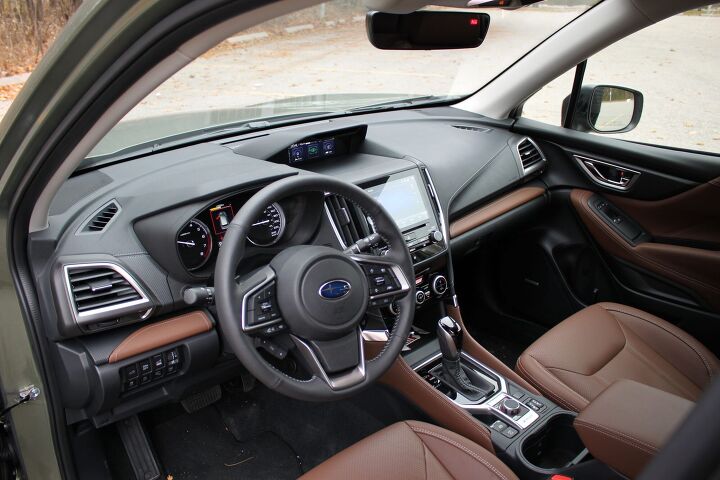
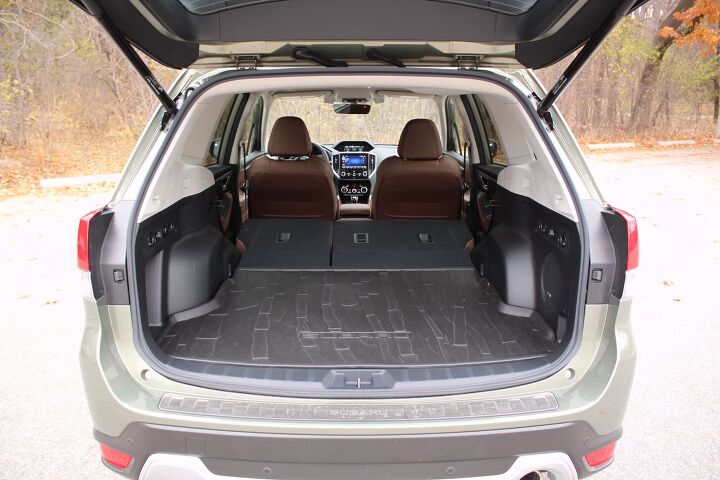
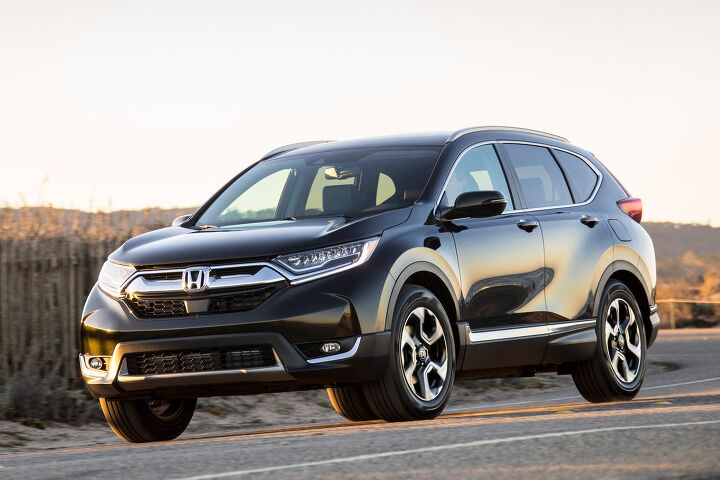


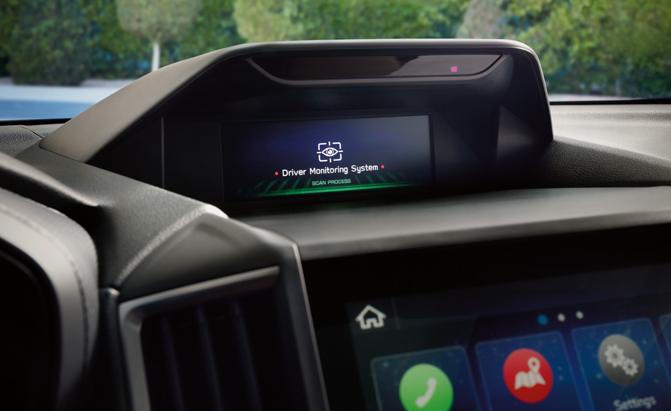
















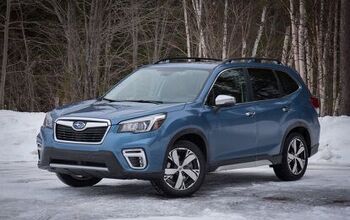
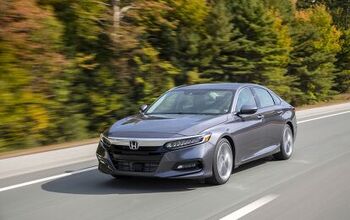

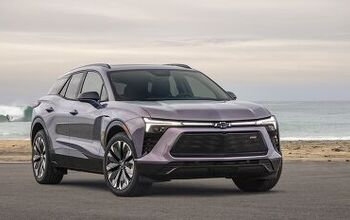
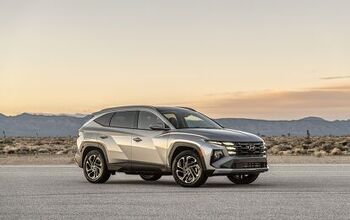
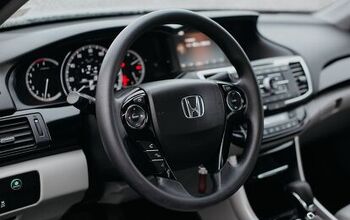
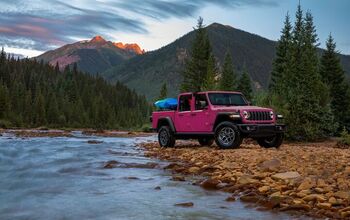

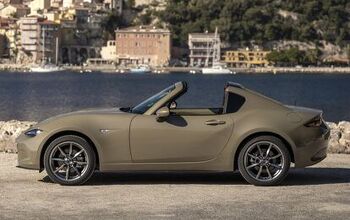
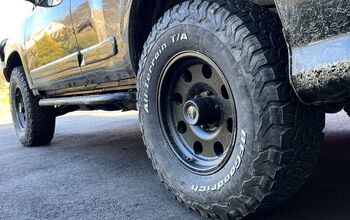
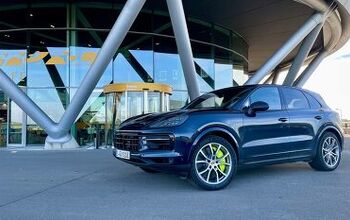
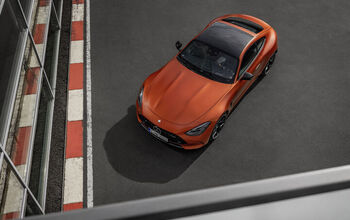


Comments
Join the conversation